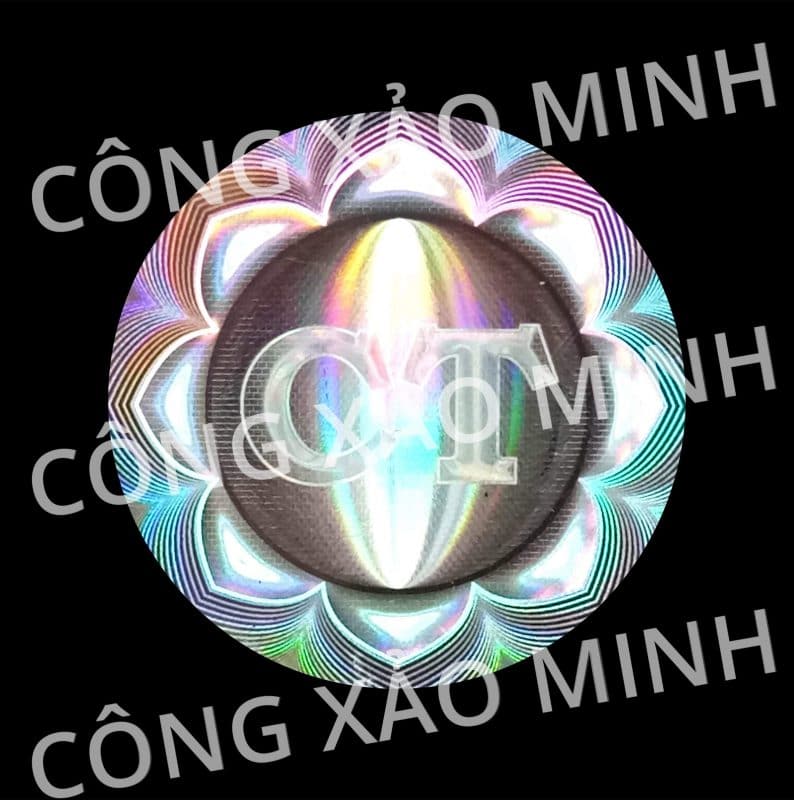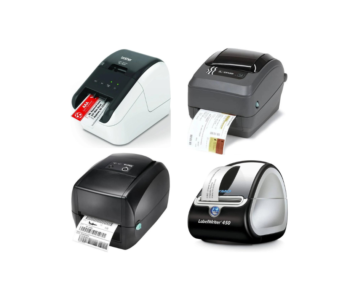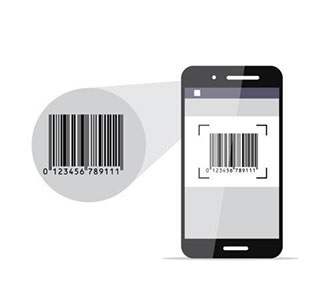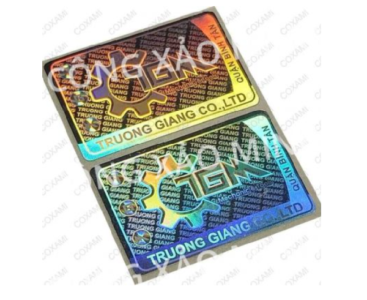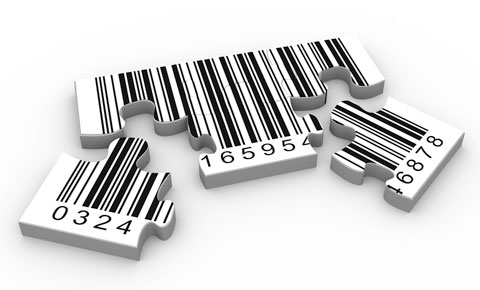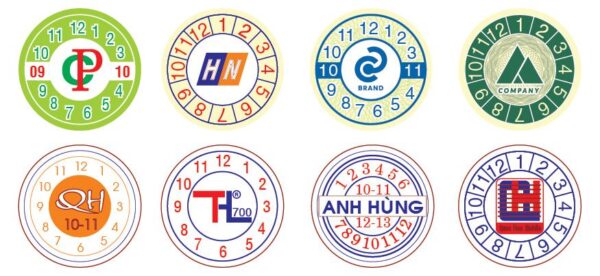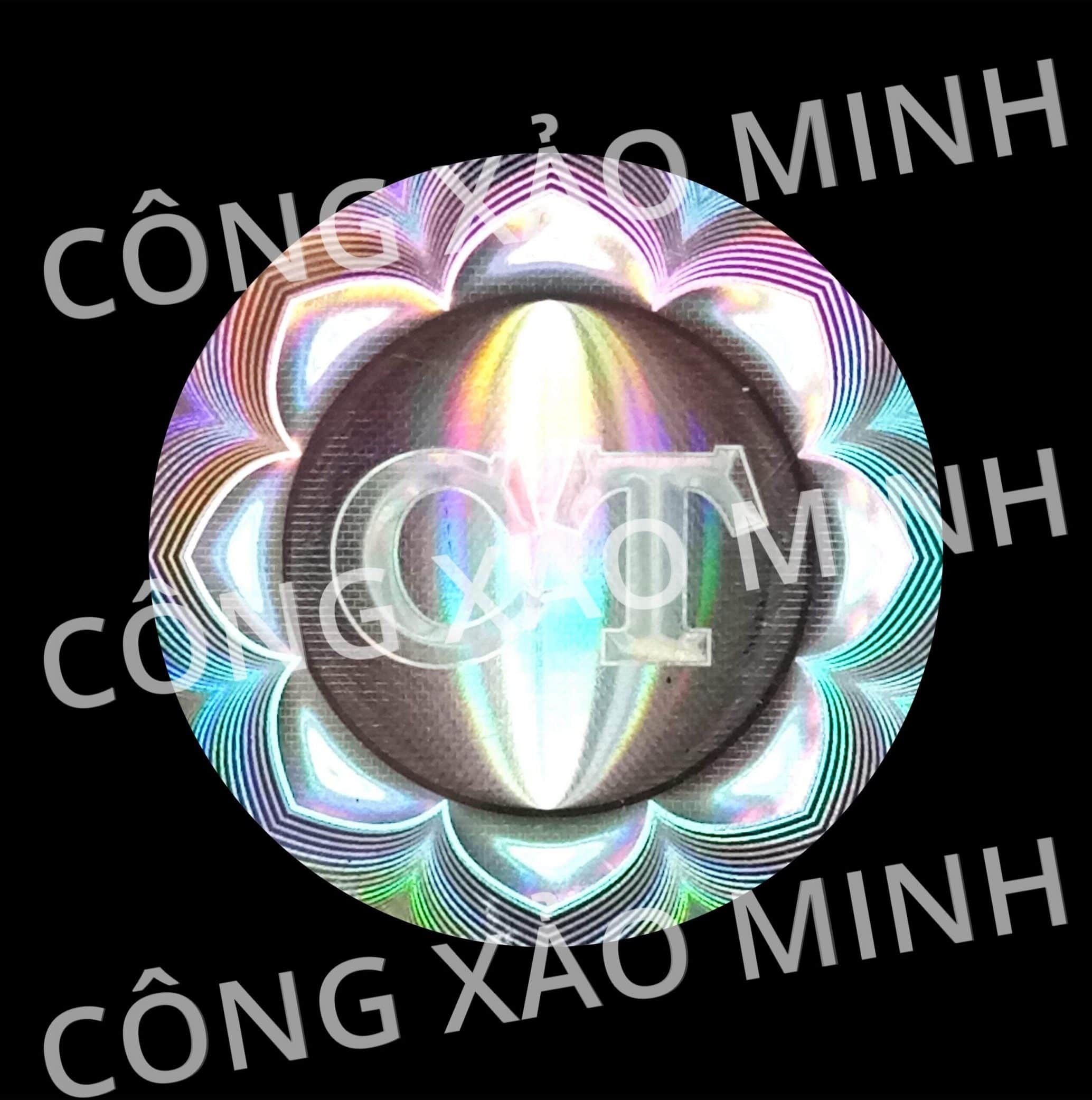
Anti-counterfeiting security is an attempt to prevent valuable products or materials from being copied or misrepresented. We use the term “copyright owner” essentially to address anyone who has an interest in preventing counterfeiting, such as a government, brand manufacturer, or intellectual property owner.
Copyright owners, counterfeited products, end users of the product.
distribution channel methods or technologies used to prevent counterfeiting
and finally, counterfeit goods, are part of the anti-counterfeiting security system.
This article explores the factors that affect the effectiveness of hoolyes in security applications. Consider possible technological advances in the field of three-dimensional images
and anticipate the impact of these advances on security against counterfeiting in the future.
This article will not mention specific techniques
three-dimensional counterfeiting or anti-counterfeiting techniques used today.
Instead, it focuses on the kind of new advances needed to keep hologram stamps at the fore end in anti-counterfeiting technologies.
Coxami specializes in consulting anti-counterfeiting solutions with modern technology for businesses
Introduction
The theme of this article is hologram anti-counterfeiting security technology.
It’s helpful to start by pointing out that anti-counterfeiting security
not a product or technology; it is a dynamic, developed system.
Any analysis of anti-counterfeiting security
should start with the assumption that there is nothing humans cannot do
and completely inesomitable.
For enough time and money,
people can fake anything that people can do.
All factors and problems in anti-counterfeiting security can prevent counterfeit deterrence, thereby drawn two economic principles:
if the counterfeiter is unable to make a profit by counterfeiting the product,
counterfeiting will not be a problem;
and if the counterfeit deterrent costs more than the loss of counterfeiting,
copyright owners will not pay for deterrence.
These two principles reduce to a fundamental principle that promotes competition between counterfeiters and copyright keepers:
Products that attract expensive counterfeiters to create
and cheap to produce but of high value.
Counterfeiters often avoid design costs
and can sometimes produce a cheaper product.
High value-to-cost ratio for copyright keeper
and low for counterfeiters’ otherwise,
the copyright retainer will lose to the counterfeiter.
Anti-counterfeiting security is a growing system.
– Intellectual property owners are constantly introducing
new technologies and processes
to prevent known spoofing methods.
– Counterfeiters are constantly learning to copy those technologies and break those procedures.
Anti-counterfeiting technologies are (or should be) designed to ensure that counterfeiting is too expensive to be profitable – as there is a risk of getting caught and/or the cost of overcoming anti-counterfeiting technologies.
in Ho Chi Minh City, Coxami specializes in consulting anti-counterfeiting solutions with modern technology
However, the counterfeiter often has an advantage, because he does not have all the costs that the copyright able has in creating and producing the product.
An anti-counterfeiting technology needs to reverse the advantages of counterfeiters:
it must make counterfeit products more expensive to produce than valid products.
Timing is an important parameters in the anti-counterfeiting/counterfeiting cycle.
In the long run, counterfeiters will always be able to copy any security device such as cards, labels, seals or special packaging materials’ and in the long run,
counterfeiters will be able to produce it cheaply as copyright keepers.
For counterfeiters,
time and cost are directly connected.
it will be very expensive and risky to forgage a new security device in a few days
compared to a few months later,
if the copyright owner changes the security device every few weeks,
the impersontor is unlikely to make a profit; the copyright retainer wins the race.
In Hanoi, The Smart Company specializes in providing anti-counterfeiting with modern technology
The counterfeit/anti-counterfeiting cycle is driven by economics.
– Counterfeit products are a big problem with high value products.
– Usually, the creator of the product has invested a lot to create the product,
but counterfeiters can copy products using reverse engineering, with much smaller investments.
– If counterfeiters can create high-quality counterfeit goods at low cost,
he has a big advantage over the copyright owner:
his profit margin may be much higher.
– Consumers of products often use counterfeit products because they are less expensive.
– Counterfeiters can afford to spend more money to bypass anti-counterfeiting security systems, than copyright owners can spend on anti-counterfeiting security!
Anti-counterfeiting technology of hologram stamps past and present:
Hologram stamps offer certain advantages as a security device.
– First, producing original hologram stamps is expensive and laborious, but mass-produced copies from the original are relatively inexpensive.
– Secondly, the equipment and skills required to produce mass hologram stamps are quite difficult to get in the past.
– Third hologram stamps look different from printed labels.
– Fourth, the fake tools traditionally used for counterfeiting (cameras and print newspapers) do not work with hologram stamps.
At the same time, hologram stamps have drawbacks.
Because most hologram stamps are floating,
mechanical copies are relatively easy to make.
A skilled hologram stamper can make optical copies of hologram stamps that are difficult to distinguish from the original.
What the copyright owner wants:
Example:
– Security cards or labels are inexpensive and can be mass-produced
– Security cards or labels can’t be counterfeited
– A security system doesn’t affect his business procedures much.
And, once a good primary copy has been created, high-quality copies are easy to make.
Despite some disadvantages, hologram stamps are currently an effective deterrent against counterfeiting.
However, if hologram stamp manufacturers want to continue to enjoy the high market share of the anti-counterfeiting security market, they must look to the future.
They must realize that today’s hologram technology
has become relatively easy and inexpensive,
and the counterfeiting of hologram stamps will inevitably become feasible
and profitable in the near future.
Three-dimensional anti-counterfeiting technology needs to make new progress,
comparable to the initial advance in 1980 when The Light Impression introduced the floating hosd figure to the world.
the most prestigious anti-counterfeiting stamp in hanoi market
Anti-counterfeiting technology of future hologram stamps:
An effective anti-counterfeiting security device will take longer for reverse engineers than required to create it in the first place. it will come with an automated and reliable verification process that allows to update security card designs or labels in a short time compared to the reverse engineering time.
A number of outstanding techniques have been developed in the field of data encryption, through which messages can be distributed in encrypted form, along with a public key that allows reading messages.Although messages are easy to read, the method of encrypting messages in the first place depends on a private key that is kept secret.
Therefore, it is difficult to create a fake message containing new information.
In his book “Optical Document Security”, KJ Schell stated that “We will compare our strategy with computer security, in which the security of encryption algorithms is based on keys and not based on the confidentiality of algorithms”.Similar encryption techniques can be used in a “reverse” way to provide labels with a secure “signature”, which is difficult to counterfeit but very easy to verify.
Hologram anti-counterfeiting security methods today often use mass-produced, identical holograms.
An advanced hologram or ID card will not be mass-produced.
Instead, each hosal shape will be unique, carrying a single encrypted “signature” effect that can be electronically tested.
This progress will require some significant progress in hologram stamp production technology.
For affordable prices, new homing labels will need to be recorded on an inexpensive, high-sensitivity, fast-growing photographic medium.
Polymer images are now too expensive, but they are almost sensitive enough and they grow very quickly.Halogen silver film is too expensive, they are unstable to the environment and need toxic chemicals to grow.
We believe that higher sensitivity polymer images, lower costs, or some other advanced recording materials will be developed in the near future.
New hosal labels will need to be recorded using a high-speed optical system capable of creating three-dimensional, colorful hosal images from computer-generated images, in a fraction of a second.
There are “one-step” homing techniques that will do this.
Although there will be some security in the documents
and in recording systems used to create these labels,
The biggest security factor will be an encrypted signature built into the hosal image.
Since each three-dimensional shape is created “quickly,””
each hoograph will have its own signature, which can be tracked separately.
Although there will be some security in the documents and in the recording systems used to create these labels,
The biggest security factor will be an encrypted signature built into the hosal image.
This combination of anti-counterfeiting technologies will be available within the next 5 years.It will cost more than the floating hobo, but will create relatively inexpensive and extremely difficult ID cards, labels and cards.
Learning how to create a recording document or having a recording system will not be enough;
counterfeiters will still have to crack encryption.
And, the copyright owner can change the key for each production run.
State-of-the-art data communication systems used to verify credit cards by phone can easily be used to track labels and ensure not only counterfeiting is detected, but can also detect a variety of frauds such as re-use of labels.
Recommended specifications for high security ID card system ideal in the future
Each card should have:
a three-dimensional 3D portrait of the individual? further contains a readable three-dimensional shape of the machine’s encrypted variable card information
a range of words containing transformed information in one-way encryption
The card will be supported by the type of computer network used with the credit card: the local hosal/hosal image reader and the central server.
the most prestigious anti-counterfeiting stamps in the ho Chi Minh City market
Advantages:
– Copying is useless. because the three-dimensional portrait must match the cardholder’s face
– A three-dimensional version of the variable information of the card prevents changes in variable information from being printed
– On-er spot authentication provides high security even when data links are turned off
– One-way encryption of information that transforms into a hooly shape and a range of words that detect changes in information on the range of words.
– Electronic communications allow cross-checking to track card usage.
Coxami offers the most prestigious anti-counterfeit stamps in da Nang market
Feasibility:
– Requesting progress in three-dimensional image system; these have been proven experimentally
– Demanding advances in three-dimensional recording materials; these have been proven experimentally.
– Can be improved for anti-counterfeit hologram stamps on the market in 3 to 4 years.
where to produce and provide reputable anti-counterfeiting solutions
Recommended specifications for future product authentication security systems
Each Tag or Label must have:
– A very high space frequency three-dimensional shape is unlikely to be produced on today’s floating equipment
– Visible features that differ from normal three-dimensional shapes
– Serial three-dimensional number
– Secret features
Handheld readers should:
– read the serial number
– detect secret features
– record or transmit serial numbers and secret features
Advantages:
– cannot be mass-copied on a normal three-dimensional stamping device
– serial number allows to track distribution channels as well as detect copies
– Secret feature complicates the task of the impostor
– handheld reader that allows connection to data collection /analysis system
specializing in providing anti-counterfeiting solutions in Ho Chi Minh City
Feasibility:
– Requirements for development of improved erming system (currently under development)
For lower security apps,
The security value of the floating homing can be improved without adding to the cost by improving the properties of adhesives and substrates and wood materials.
There are a number of techniques that can be used to make mechanical or optical replication much more difficult.For example, extremely high-frequency hosgrams can be created that are only touchable on special equipment.If these improvements are combined, the retouched hooly image will continue to be a useful low-cost anti-counterfeit security device for decades in the future.
Summary:
Hologram stamps have been a useful anti-counterfeiting tool since the late 1970s,
developed in 1980,
make hologram stamps cheap enough that they have been used on everything,
from passports to breakfast cereals, and from currency to cosmetics, to prevent counterfeiting.
The spread of hologram technology will soon reduce the value of ordinary floating holograms such as anti-counterfeiting devices.
On the other side, the advances we fores come up with in recording materials, three-dimensional recording systems, and floating background materials will significantly increase the security value of hosal shapes within three or four years.
anti-counterfeiting solutions in hanoi prestige to ensure affordable quality
In Da Nang, The Smart Company specializes in providing anti-counterfeiting with modern technology


